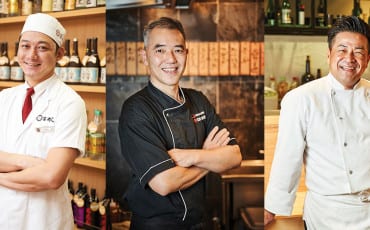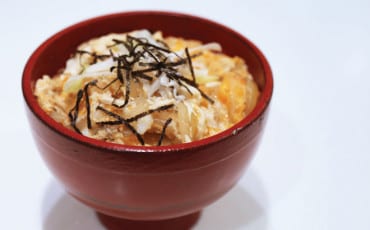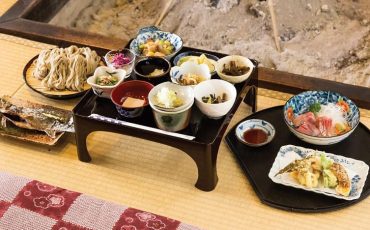Articles
Recipes
Feb 19, 2020
Delicious recipes for Japanese Rice
COOK RICE the Japanese way
The history of rice production in Japan is an old one. In fact, the Japanese began to cultivate rice more than 3,000 years ago, with the skill brought over from China then making its way to Kyushu. Rice remains a staple in the Japanese diet.
Today, this ancient practice continues in almost every prefecture in the country. Every spring, farmers begin their preparations to plant their crop: Till the soil, ensure that the seedlings are strong and planted in the fields.

In summer, as the rice grows, farmers tend the field by weeding and managing the water levels. During the autumn, the colours of the rice fields transform from bright green to golden yellow — a sign that it’s time to harvest. The rice stalks are cut, threshed and dried, and the rice grains stored.
What is removed from the chaff is whole brown rice. Brown rice has vitamins, minerals and dietary fibre, so it is fantastic for a healthy diet. But brown rice is not easily digested and can be tough to chew. It’s why in Japan, brown rice is often polished to become white rice.
Japan is a major rice producer, so it comes as no surprise that the country has an almost bewildering number of rice brands, including famous names like Koshihikari, Sasanishiki, Hitomebore and Milky-Queen.
Just as varied is how white rice is cooked in Japan, as each rice brand has its preferred cooking method. Even as more people eat bread and noodles instead of rice, rice still has its place in this part of the world and remains the best accompaniment to traditional Japanese washoku cuisine.
Read on for a basic introduction of how to cook rice nicely, as well as for making salt musubi (onigiri or rice balls), yaki-musubi (grilled rice balls) and ochazuke (Japanese rice steeped in tea). The best part is you don’t need any special equipment to try these simple yet delicious recipes.
CLAYPOT-COOKED RICE
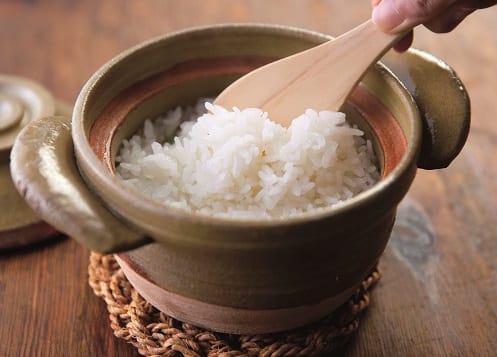
We use the rice cooker most of the time. But using a claypot can also result in great-tasting rice.
INGREDIENTS (Serves 1)
150g rice
200ml water
METHOD
1. Wash the rice and soak in water for 30 minutes to 1 hour, then pour into a colander.
2. Put the rice in the pot, add the 200ml of water and cook over high heat for 5 to 8 minutes.
3. When the water is boiling, cover the pot with its lid, turn the heat down to low and cook for 5 minutes.
4. Turn off the heat and let rice steam for another 5 minutes.
SALT MUSUBI
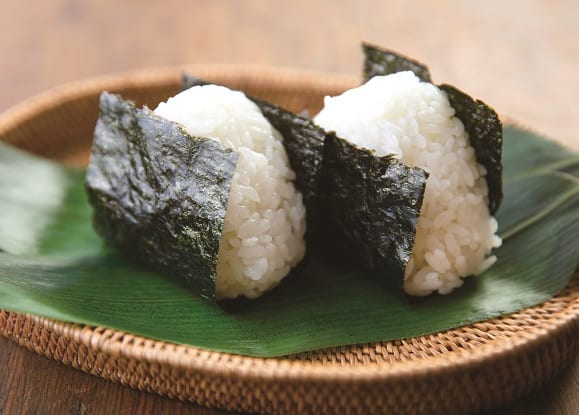
The best time to eat musubi, or onigiri, is when it’s freshly made.
If you can only eat it after it turns cold, just add a bit more salt.
INGREDIENTS (Serves 1)
Iced water
Salt
Fresh cooked rice (as much as you like)
2 pieces of nori or dried seaweed
METHOD
1. Soak your hand in the iced water and dry your hand with a clean handkerchief.
2. Add a pinch of salt to your hand, take a small fistful of rice and shape it into a triangle with your hands.
3. Pass a sheet of dried seaweed over a flame and wrap it over the rice.
YAKI-MUSUBI (YAKI-ONIGIRI)
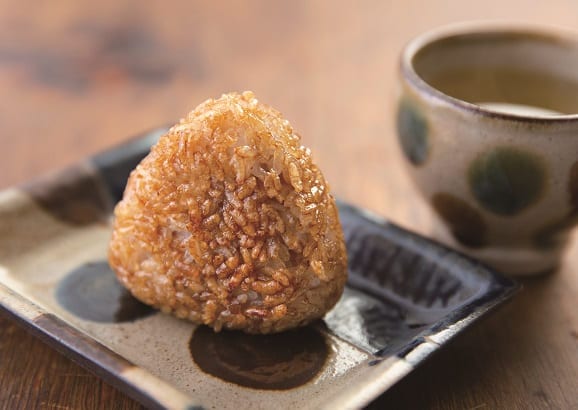
Yaki-musubi (grilled rice balls) are delicious and have a lovely fragrance. You can also make them with cold rice.
INGREDIENTS (Serves 2)
Sesame oil
2 salt musubi (see previous recipe)
2 tbsp soya sauce
1 tbsp mirin
METHOD
1. Pour the oil into a frying pan. Cook one side of a musubi for 5 minutes then cook the other side for another 5 minutes.
2. Mix soya sauce and mirin together.
3. Spread this mixture with a brush on both sides of the musubi and cook for about a minute. Repeat three times.
SALMON OCHAZUKE
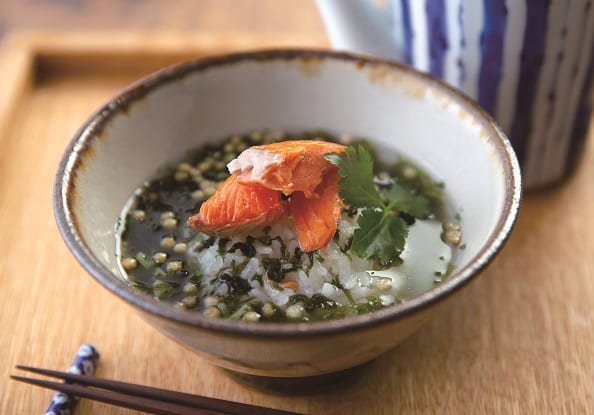
Ochazuke is one of Japan’s most comforting foods as hot tea is poured over a bowl of rice. You can eat it at the end of the meal but it also makes for a quick and easy breakfast.
INGREDIENTS (Serves 2)
1 salmon fillet, cut into
bite-sized pieces
Cooked rice
Hot green tea
Mitsuba (edible clover)
Wasabi
Arare (bite-sized rice crackers)
Chopped nori or dried seaweed
METHOD
1. Fry salmon pieces. Ensure they are cooked on all sides.
2. Serve rice in a bowl, place salmon on top, then pour the tea.
3. Dress the dish with the mitsuba, wasabi, arare and chopped seaweed.
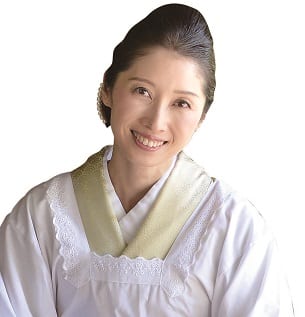
AYA OSADA
Japan Food Expert strongly believes in the concept “to eat is to live”. This is a company that cherishes the environment, nature and the bonds of people. Their top priority is creating and spreading health and happiness through rich cuisine.
Website: https://imakoya.com/





